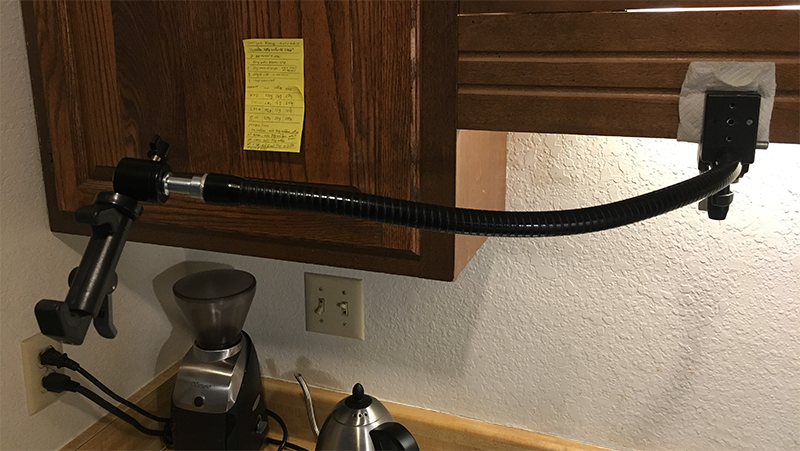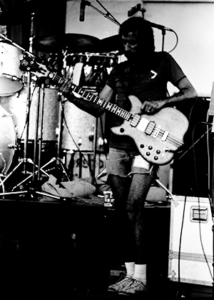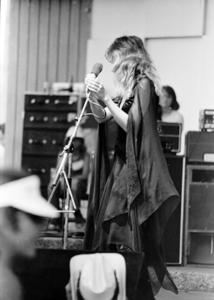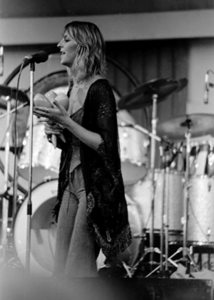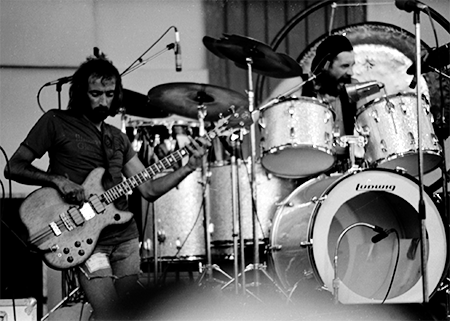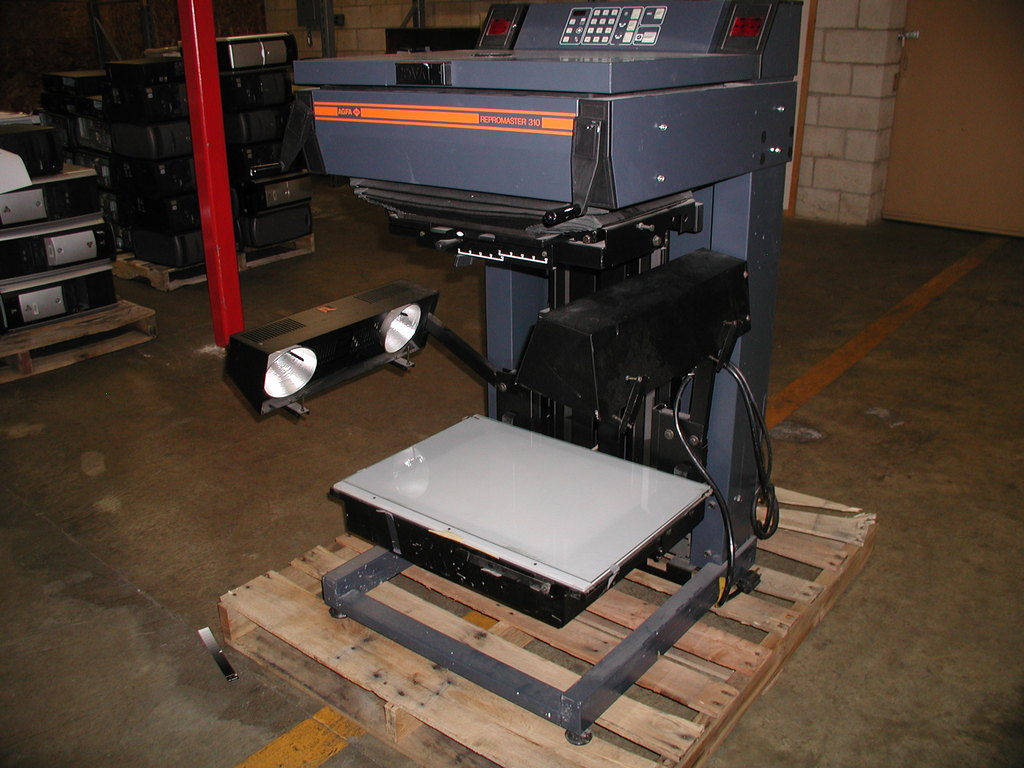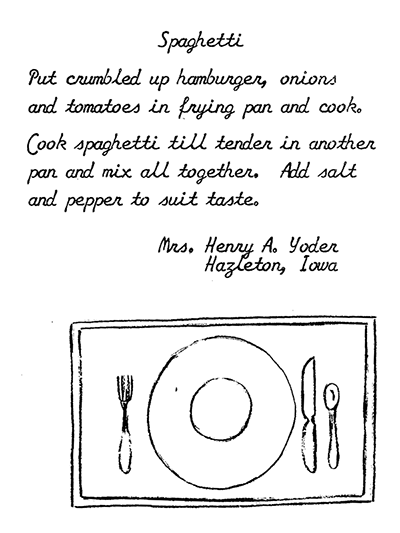I recently got some new batteries. My favorite new gadget is a lithium-ion battery about the size of a cell phone with some jumper cables to start your car. It was only $27, cheap.
Sometimes my car battery runs down in cold weather and my car won’t start. Fortunately, the engine starts easily once I get it to turn over. This little jump starter has just enough juice to start my tiny Honda 4 cylinder engine.
I could not get it to work the first time. I emailed tech support, the design had changed, the instructions neglected to mention a hidden ON button. Then I suddenly realized, I was talking to tech support for a battery. The next time, the jumpstart worked perfectly.
I thought this was such a useful feature, why don’t all cars have Li-ion batteries as a reserve, built right in? Then I thought about it. The standard lead-acid battery is the reserve power. You could have a Li-ion battery as the reserve to the reserve. At this point, you might as well run the whole car on electric batteries, and you’ve got a Tesla.
I was also surprised to get a battery replacement for my 2 year old iPhone 6s. Apple didn’t just replace the battery, they gave me a brand new iPhone for free.
My iPhone wasn’t holding much of a charge lately, so I tested it and it only had 54% capacity! I called Apple Support and my iPhone was covered under an extended replacement program. I was eligible for a free replacement battery. I had a new iPhone on my desk FedEx overnight about 12 hours after I called. I set it up and checked its battery capacity: 103%.
People often complain that their iPhone batteries don’t last very long. That’s because they use their iPhone all the time.





